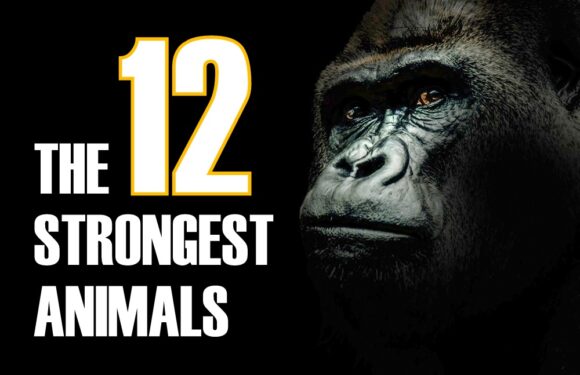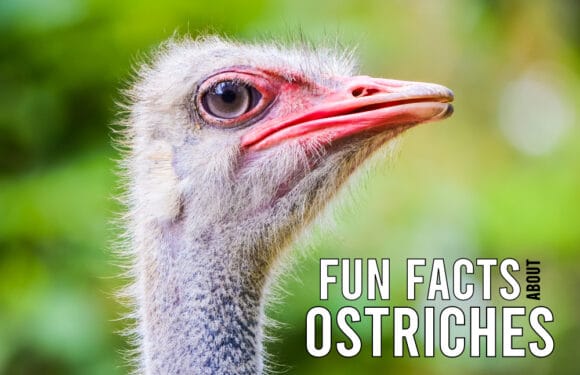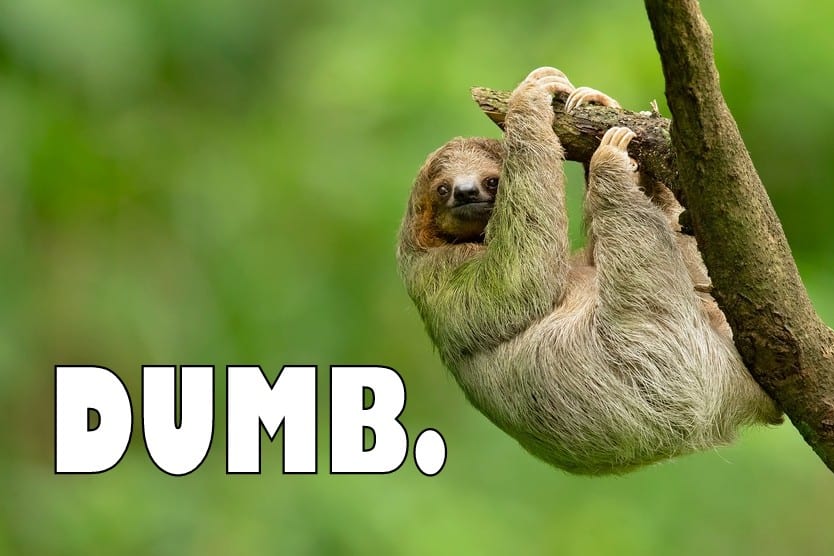
The quest to understand animal intelligence has long fascinated scientists.
It’s crucial to approach the subject with sensitivity and appreciation for the wide range of adaptations across the animal kingdom. Animals evolve cognitive and behavioral traits that best suit their environment. So what might seem “dumb” in one context can actually be quite clever in another.
Species are perfectly adapted to their ecological niches. Their cerebral abilities are exactly what they need to survive and thrive. Therefore, labeling an animal as “dumb” is a human-centric judgment. It doesn’t accurately reflect an animal’s adaptability and survival strategies.
If you judge a fish by its ability to climb a tree, it will live its whole life believing that it is stupid.
Albert Einstein
Measuring Brain Power
The Encephalization Quotient (EQ) is a measure used by scientists to compare the brain size of an animal relative to its body size, which can be an indicator of an animal’s intelligence or cognitive abilities.
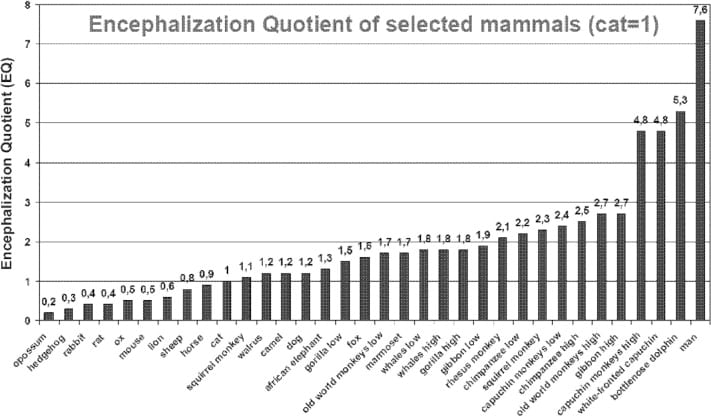
A higher EQ typically indicates a greater potential for complex cognitive functions. Animals with lower EQs are adapted to their environments in ways that don’t require the complex cognitive functions associated with higher EQs.
Similarly, neuron counts, especially in the cerebral cortex, correlate with an animal’s capacity for information processing and problem-solving. Using neuron counts as a measure of intelligence is a complex matter.
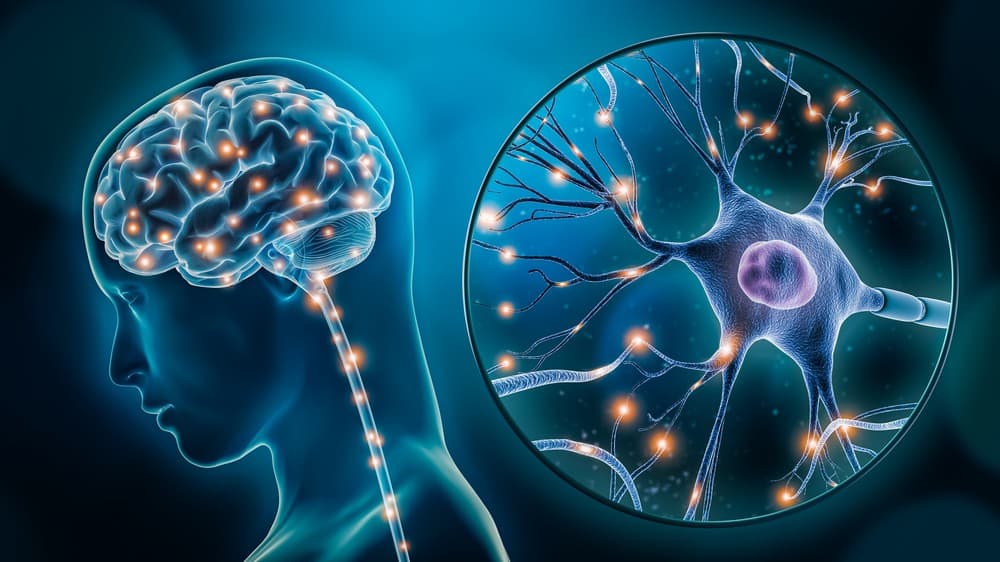
Different animals have brains that are specialized for different functions, which are not solely determined by the number of neurons. However, it’s generally observed that animals with fewer neurons in their cerebral cortex can exhibit less complex behaviors and cognitive abilities compared to those with higher neuron counts.
Finally, some animals are noted for having more instinct-driven responses compared to others. They may not demonstrate problem-solving skills in ways that humans expect or recognize, because their survival strategies do not necessitate these types of behaviors. “Dumb” animals are usually specialists – adapted specifically to accomplish what they need to do to survive and reproduce.
The “Dumbest” Animal Groups in the World
Taking all the above into account, certain animal groups have low EQs, fewer neuron counts, and exhibit cognitive functions that appear less complex than others. These include:
Reptiles
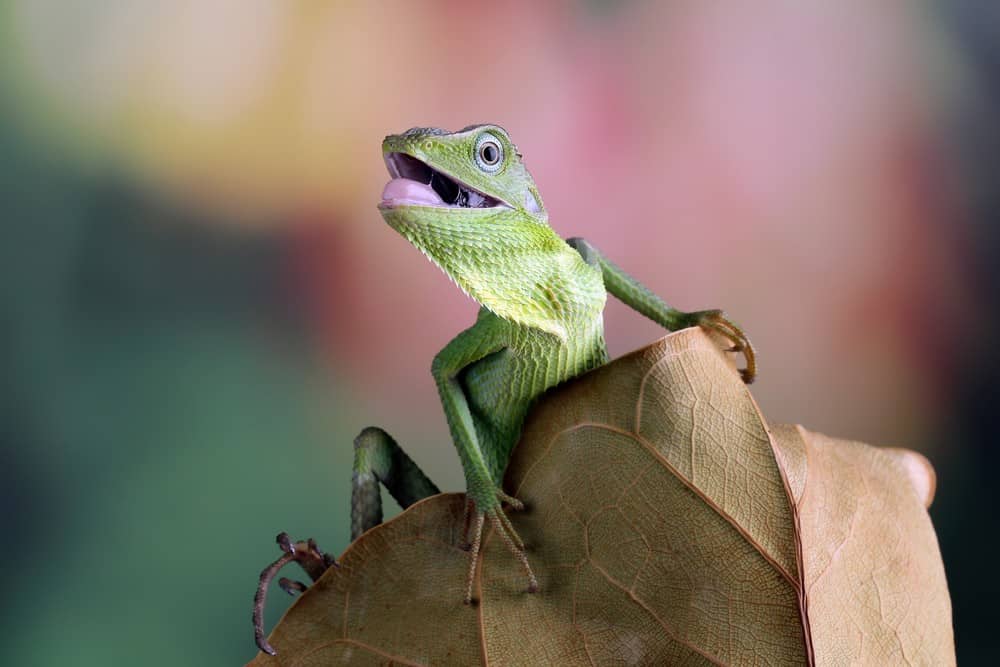
The reptilian brain is concept that this part of the human brain is associated with basic behaviors concerned mainly with self-preservation. Reptiles, such as lizards and snakes, often rely on instinctual behaviors. While some reptiles may demonstrate basic problem-solving related to navigation and hunting, they may not show the same level of cognitive complexity as seen in more socially or environmentally complex species. Note that some lizard species are considered to be quite intelligent, like monitor lizards (Komodo Dragons).
Amphibians
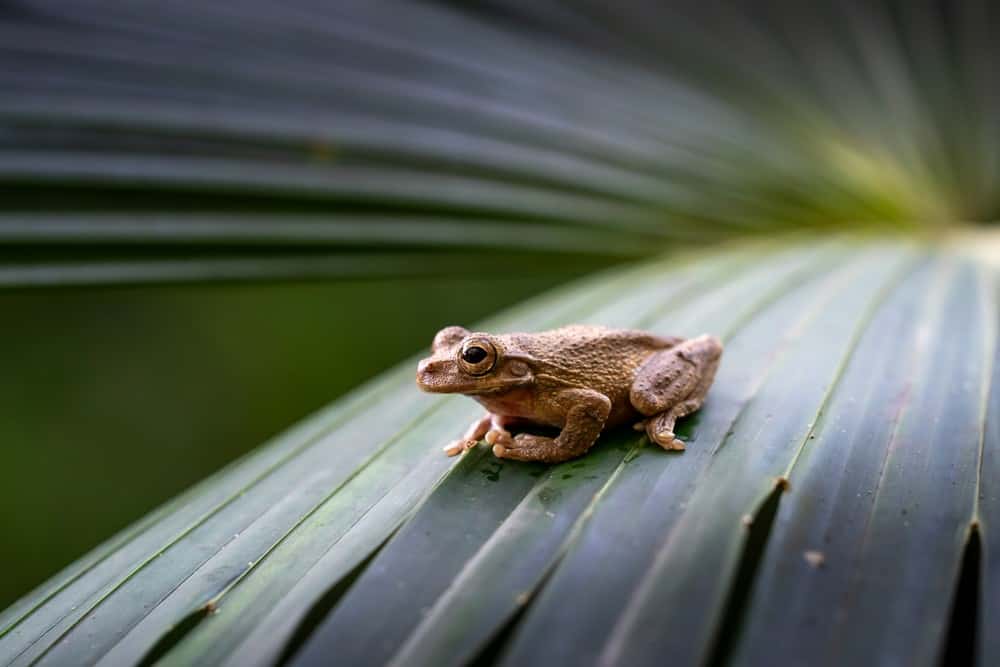
This class of cold-blooded vertebrates, including frogs and salamanders, also acts primarily on instinctual behaviors. Their problem-solving is often limited to immediate environmental interactions like predator avoidance or prey capture. While having more developed brains than some other animal groups, they still have relatively fewer neurons.
Fish
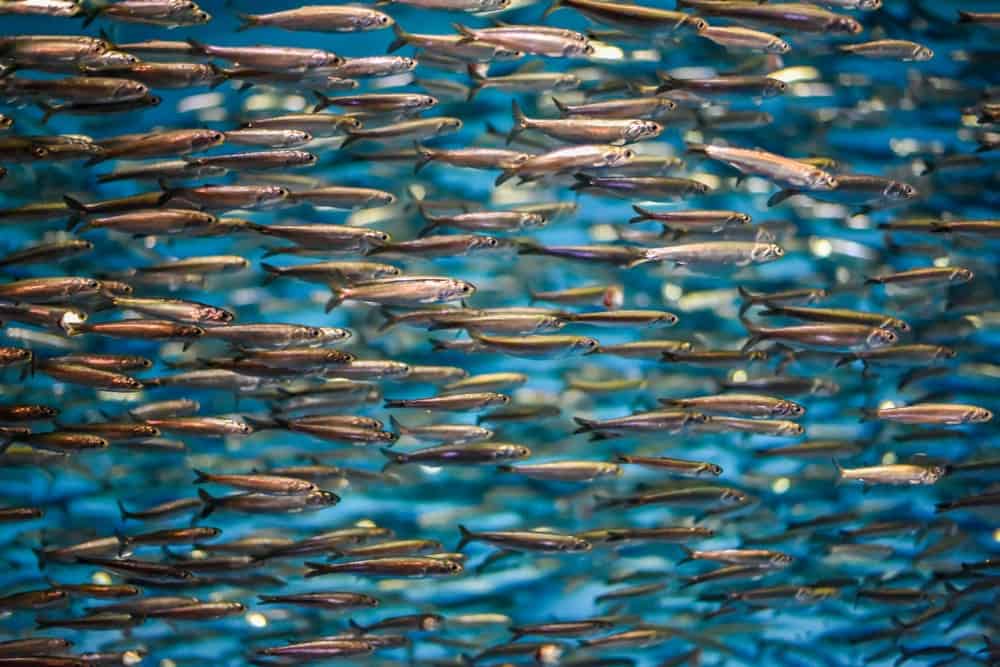
Most fish do not showcase problem-solving beyond basic foraging or escape responses. Smaller species of fish or those with less complex social structures tend to have fewer neurons. There is significant variability within fish when it comes to brain power. Manta rays, for instance, have large brains with developed areas for learning, problem solving and communicating.
Echinoderms
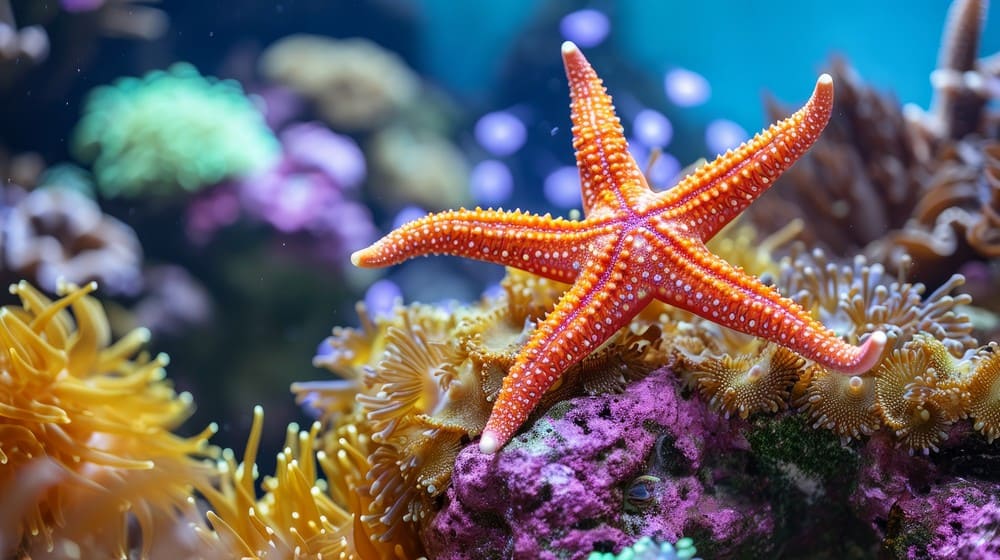
These invertebrate marine animals, such as sea stars, sea urchins and sea cucumbers, have a radial nerve system without a true brain. They show basic responses to the environment without complex processing.
Mollusks
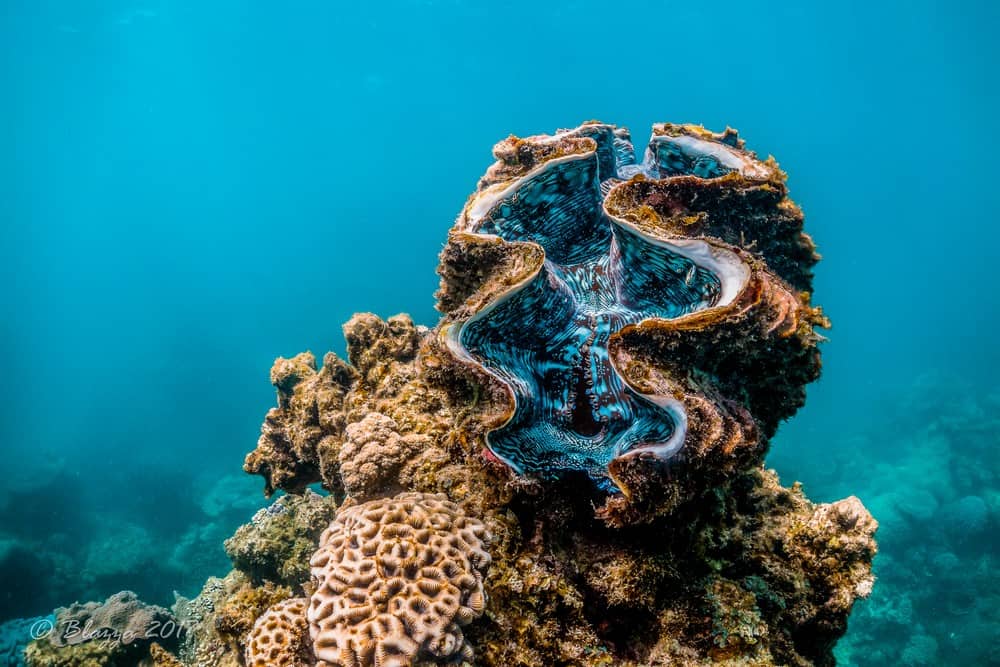
These soft-bodied invertebrates, including clams, mussels and snails, generally have relatively simple nervous systems without a well-defined brain. Instead, they possess ganglia – clusters of nerve cells – that control bodily functions. These animals rely on basic sensory inputs to interact with their environment, such as responding to light or chemicals. Note that cephlapods, such as octopuses, squids, and cuttlefish, are mollusks that have highly developed brains and are considered some of the smartest animals on earth.
Cnidarians
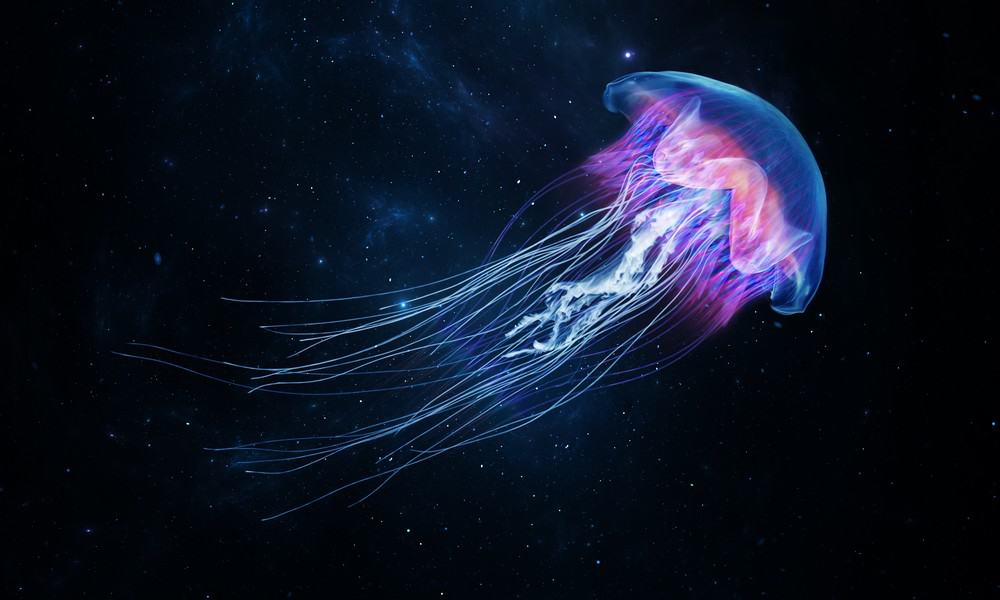
These aquatic invertebrates, such as corals, sea anemones, and jellyfish, possess a nerve net rather than a centralized brain, focusing on basic survival actions like feeding and movement.
The World’s Dumbest Mammals
Koala
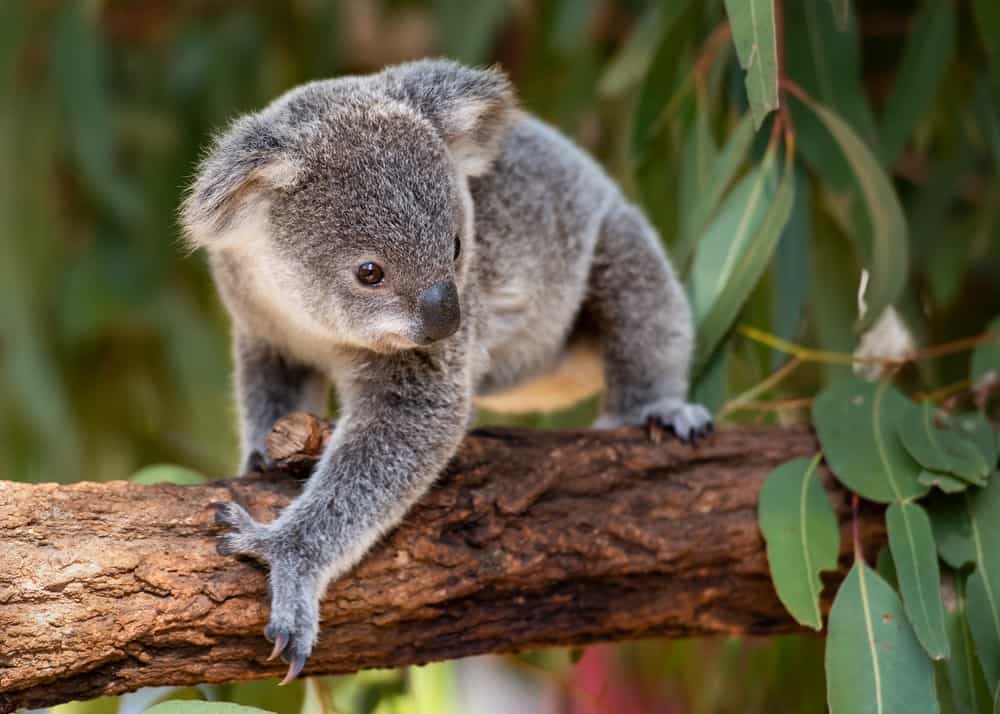
With one of the smallest brain-to-body ratios among mammals, koalas’ lifestyle and diet of eucalyptus leaves reflect a very basic set of needs and behaviors. Their small brain aligns with a minimalistic approach to survival that does not require advanced cognitive processes.
Opossum
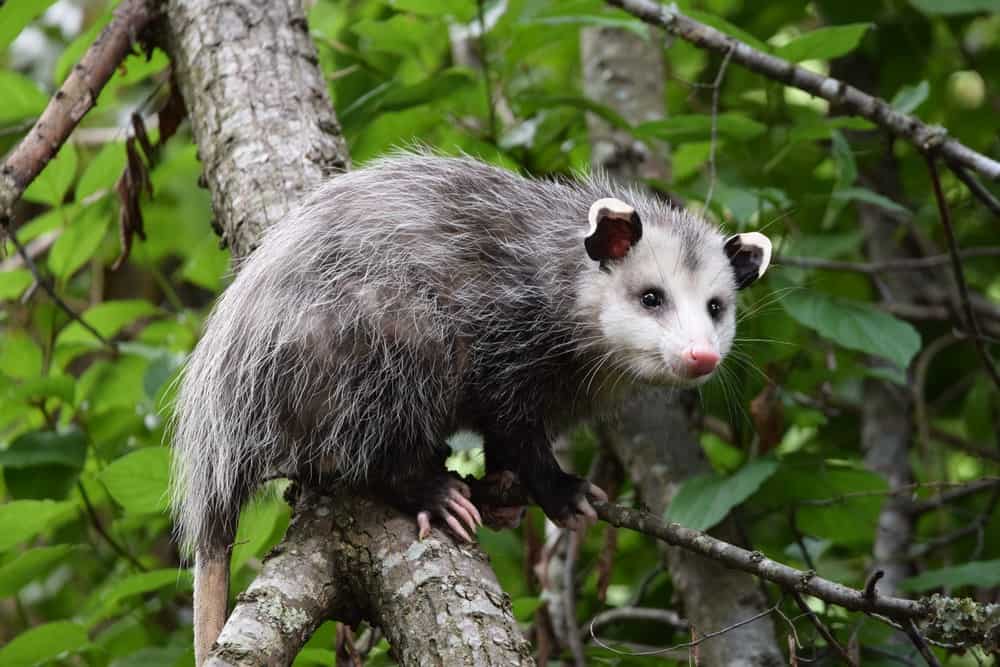
The opossum’s practice of feigning death to escape predators, known as thanatosis, highlights an instinct-driven survival tactic rather than cognitive strategy. This behavior underlines the opossum’s specialized adaptation, enabling them to thrive in varied environments. Their low EQ is counterbalanced by this highly effective survival mechanism, showcasing an evolutionary trade-off between brain size and survival tactics.
Armadillo
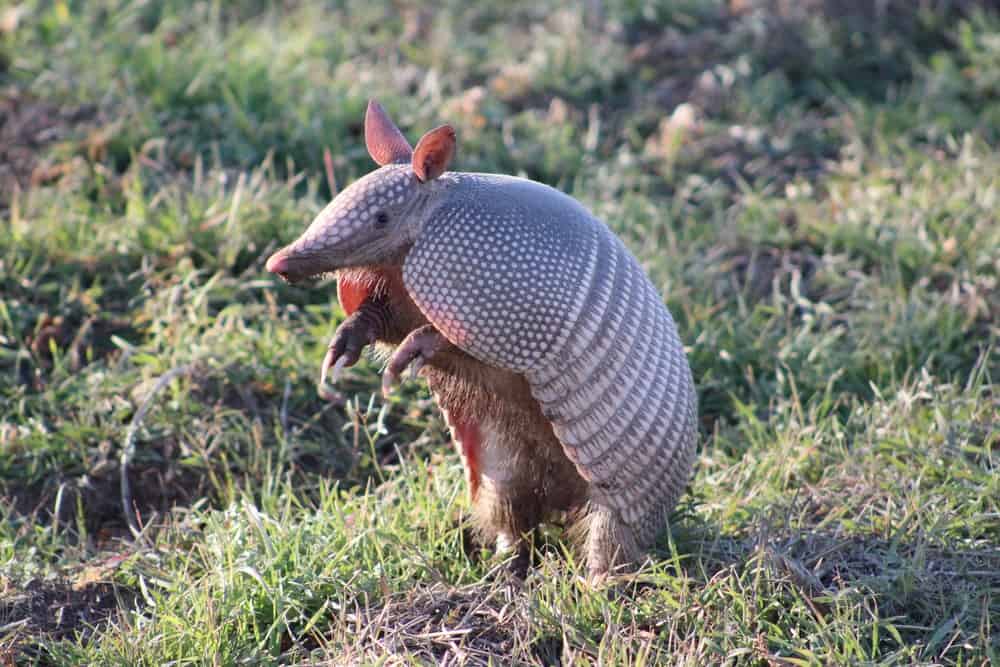
Armadillos, with their notable armor-like skin, have small brains for their body size, indicating a simpler level of cognitive functioning. Their tendency to curl into a ball for defense showcases a basic, instinctual response to danger rather than an adaptive problem-solving capability.
Sloth
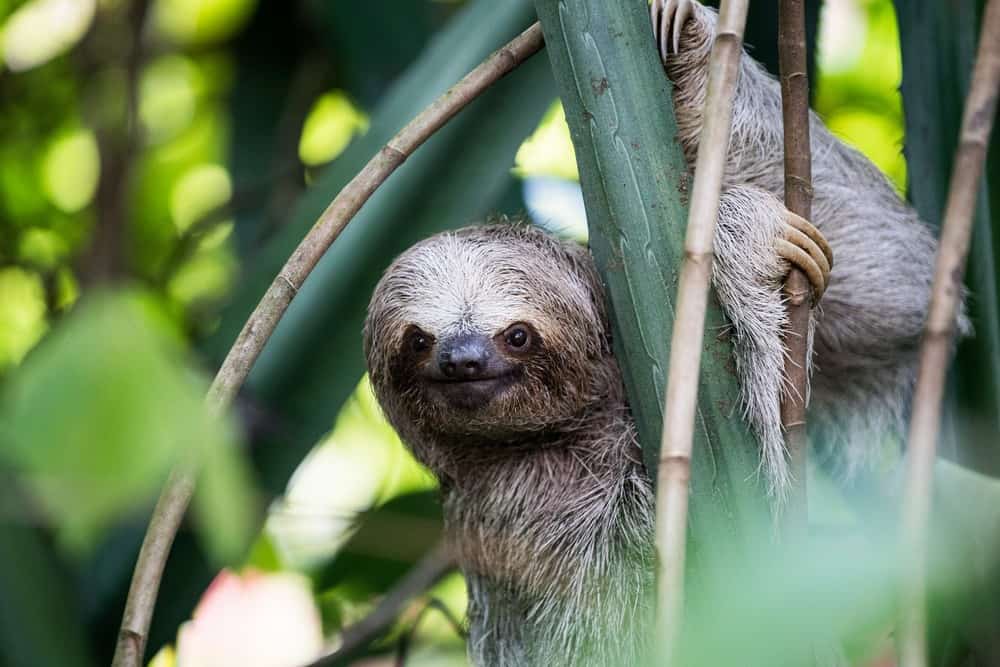
The sloth’s notably slow pace of life and low EQ are indicative of a basic lifestyle, heavily reliant on a simple diet of leaves. This suggests a minimal need for complex cognitive functions, as their survival strategy leans heavily on energy conservation and less on dynamic interaction with their environment.
Panda

The giant panda’s specialized bamboo diet and corresponding low EQ highlight a creature with limited dietary flexibility and minimal engagement in complex social behaviors. This specialization suggests a narrow cognitive scope primarily focused on basic foraging.
Manatee
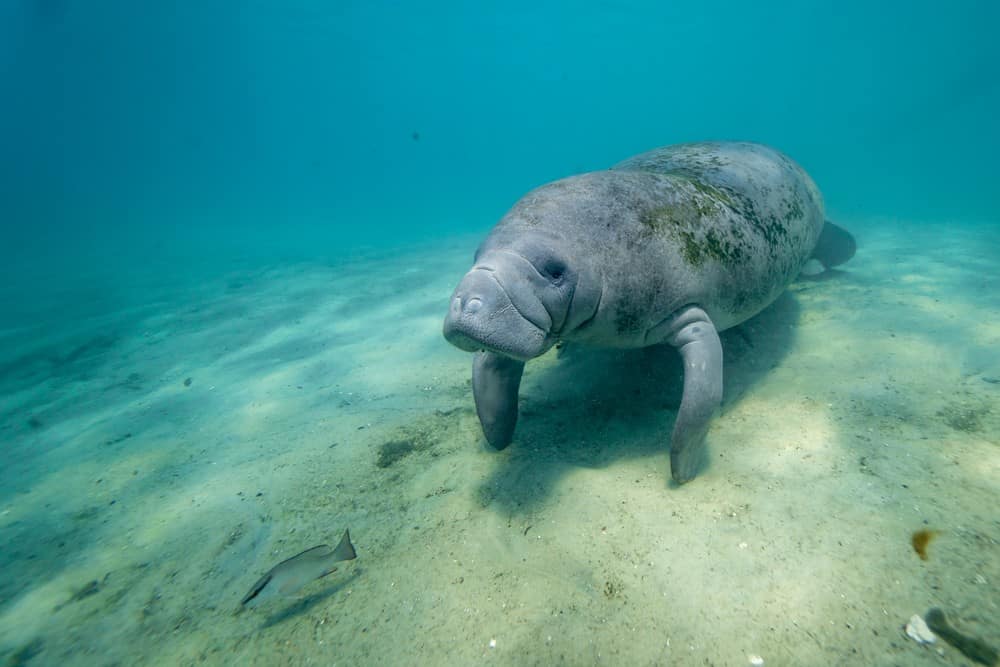
Manatees live a simple, slow-paced aquatic life that prioritizes grazing over complex problem-solving or social interactions. Their cognitive abilities seem tailored to basic navigation and feeding rather than intricate behaviors.
Rhinoceros
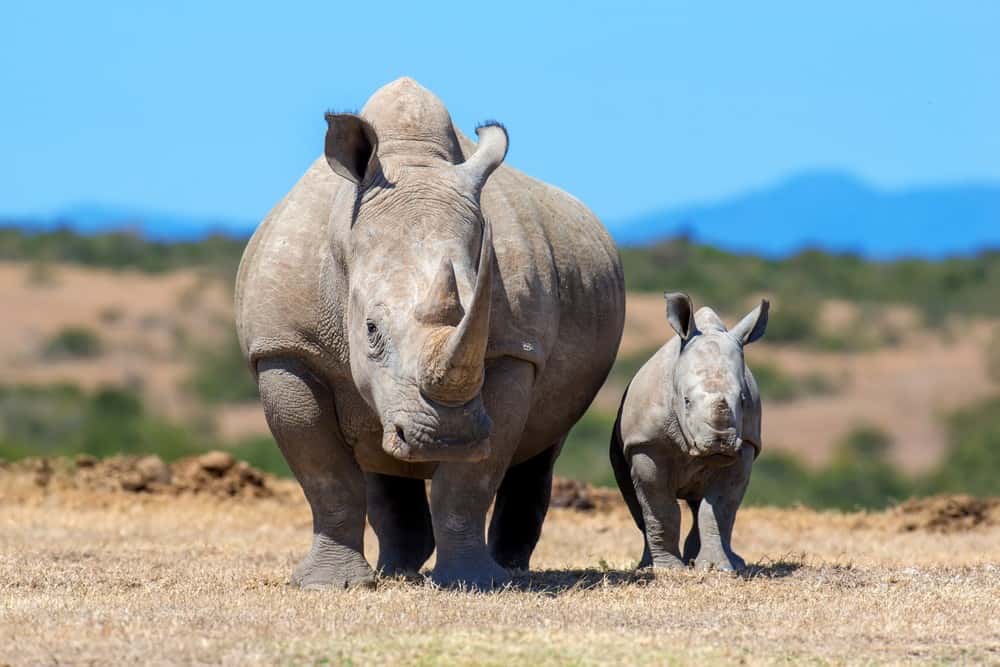
Rhinoceroses possess a smaller brain compared to other mammals of similar size, suggesting a reliance on primitive sensory and communication methods over advanced cognitive functions. Their behaviors are largely driven by basic survival instincts.
Capybara
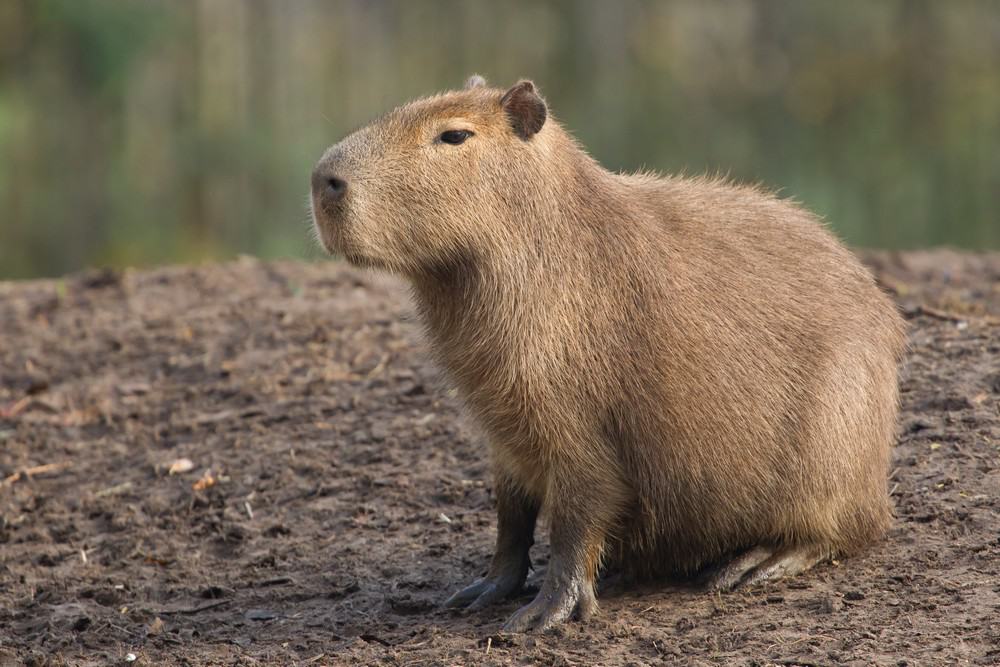
They’re the largest rodents, but have tiny brains. The capybaras’ biology hints at simple social structures and communication strategies that prioritize basic group cohesion over complex social interactions or advanced problem-solving abilities.
Hippopotamus
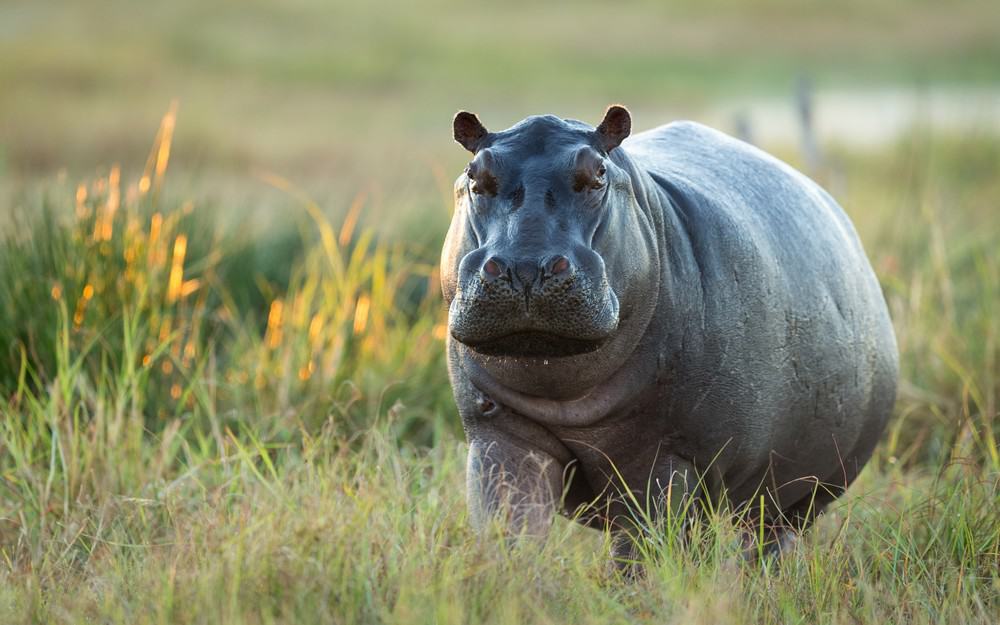
Given their large size, hippos have a smaller brain relative to their body mass. This suggests that their social behaviors and communication methods might be more about instinctual responses than complex social cognition.
Lemming
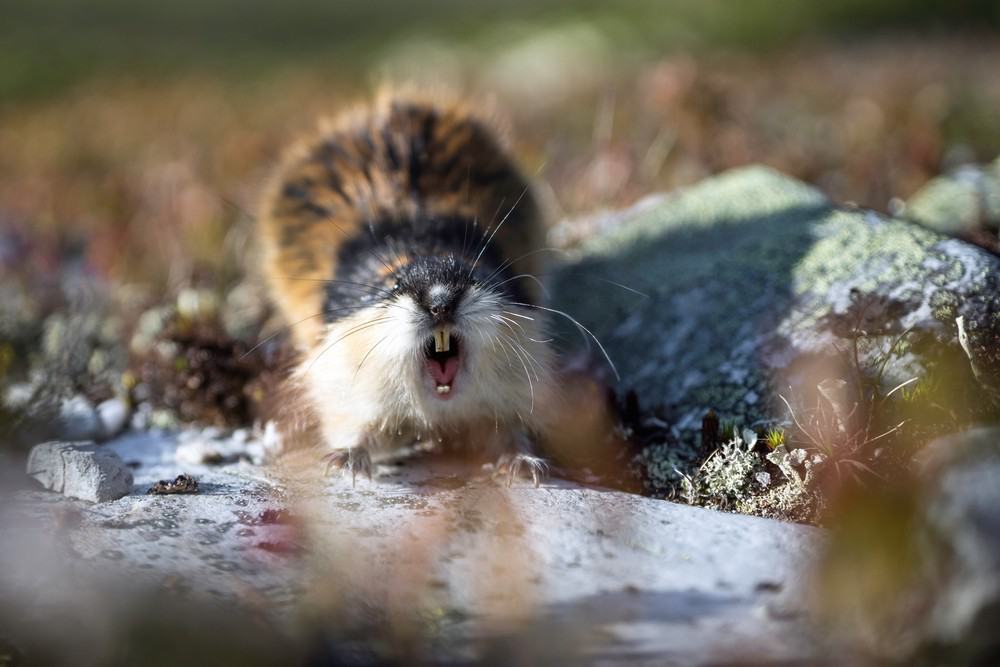
Lemmings are small rodents found in Arctic tundras. They are about 6 inches (15 cm) long and weigh around 4.5 pounds (2 kilograms), but are known to attack much larger predators including cats, dogs, and birds of prey. They are known to mindlessly jump off cliffs in mass suicide events.
Slow Loris
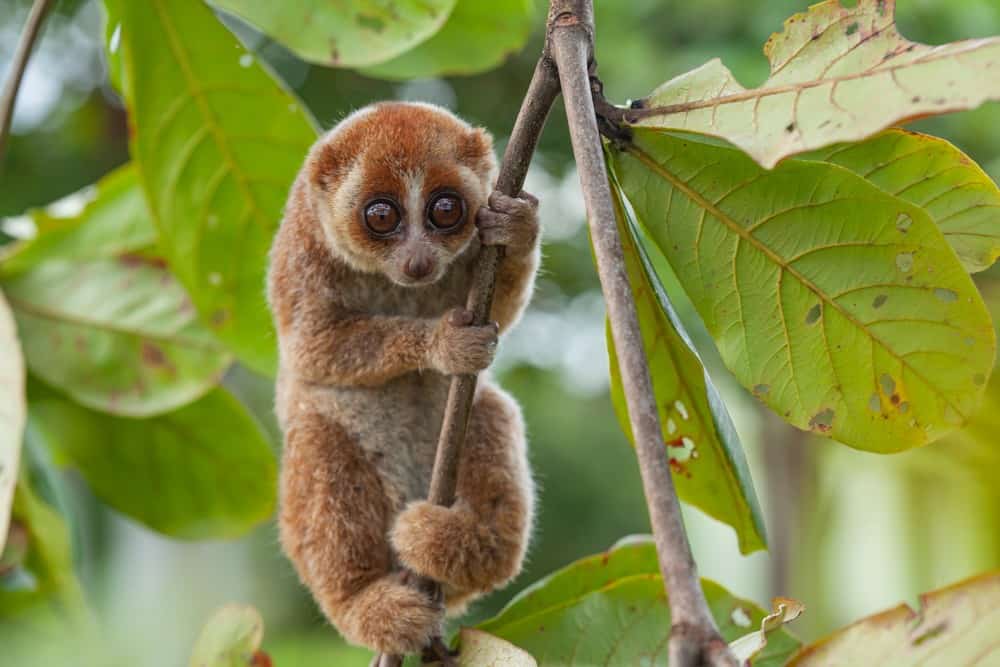
The slow loris is a small, slow moving, nocturnal primate with large, expressive eyes. They are only one of two mammals that possess a toxic venom for defense (the platypus being the other). This cute animal is considered foolish because of its silly-looking defense mechanism. It merely lifts its arms when threatened.
Jerboa
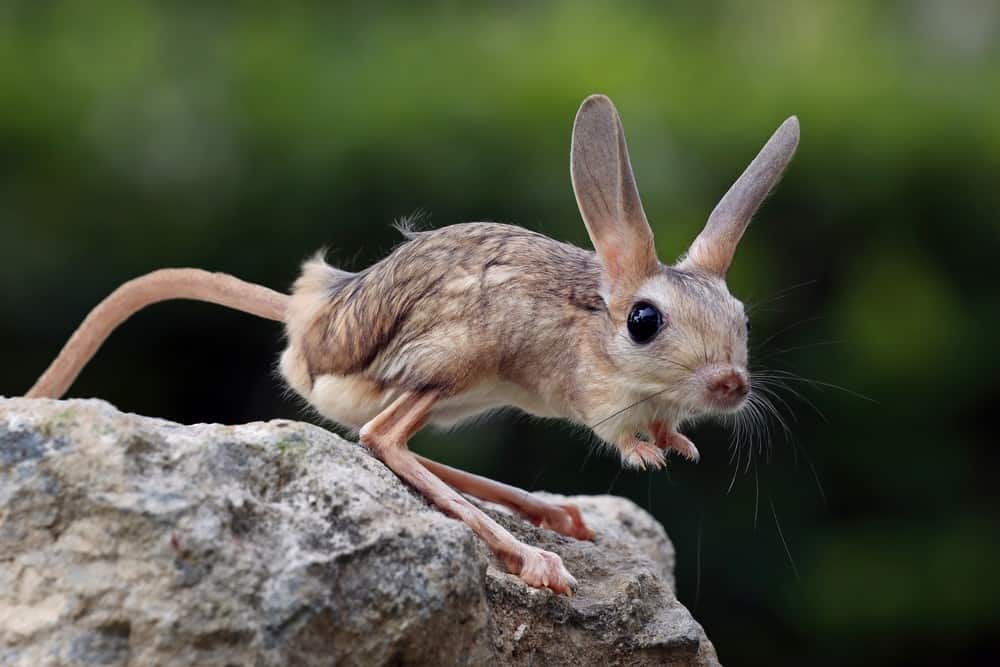
The jerboa is a small desert rodent known for its long hind legs and kangaroo-like hopping movement. To elude predators, they hop around in unpredictable directions at speeds up to 15 miles per hour (24 kilometers per hour). They’re on this list due to their seemingly poor ability at finding, storing, and protecting food.
The Dumbest Birds
Ostrich
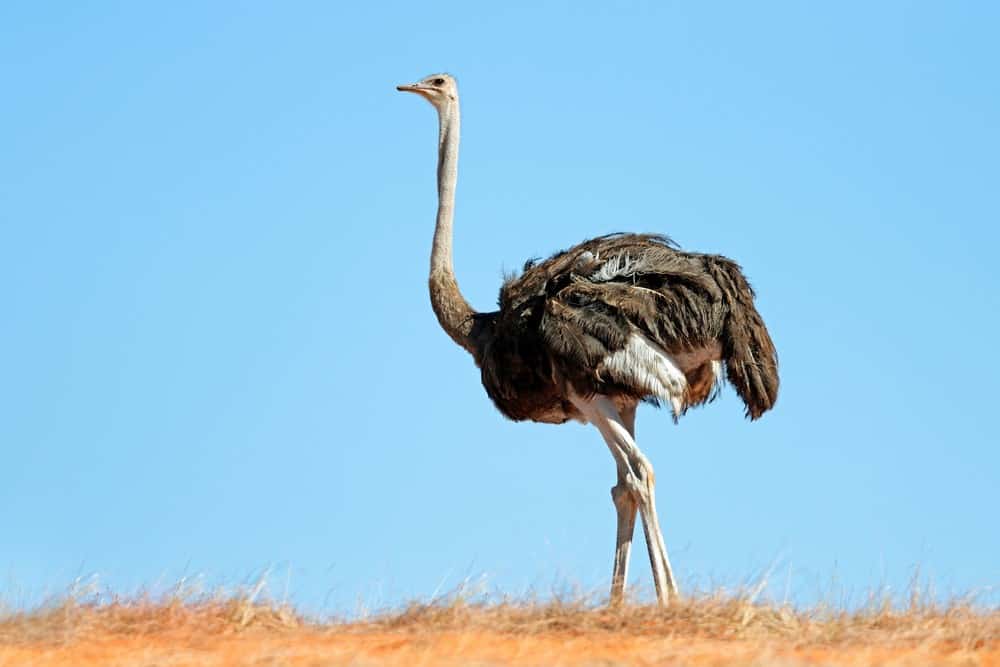
The ostrich, the world’s largest bird, exhibits behaviors that lean heavily on basic instinctual responses. It has an impressive size and ability to outrun predators, but its cognitive abilities are limited, as suggested by its relatively simple brain structure. The ostrich’s primary defense mechanism, running at high speeds or using its powerful legs for defense, points to a reliance on physical attributes over complex problem-solving skills.
Emu
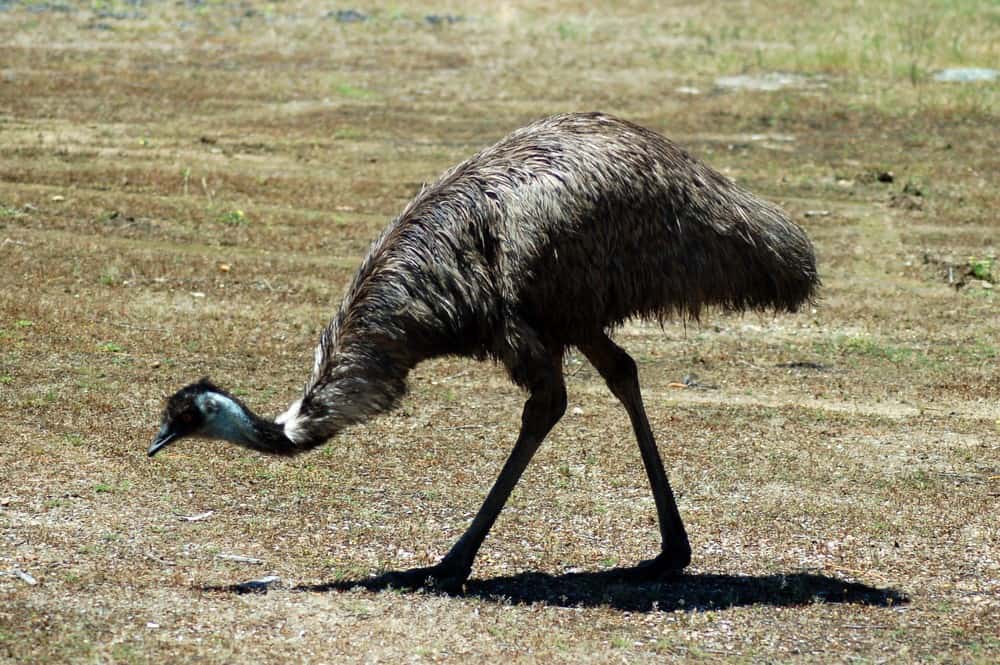
The emu is a large, flightless bird that is native to Australia. Though emus can’t fly, they still flap their wings when they run. Scientists believe this helps them keep their balance. Emus are terrible at adapting to new situations and nearly incapable of teaching themselves new ways of doing things. A scientist who conducted a comprehensive index of bird intelligence concluded the emu is one of the world’s dumbest birds.
Flamingo
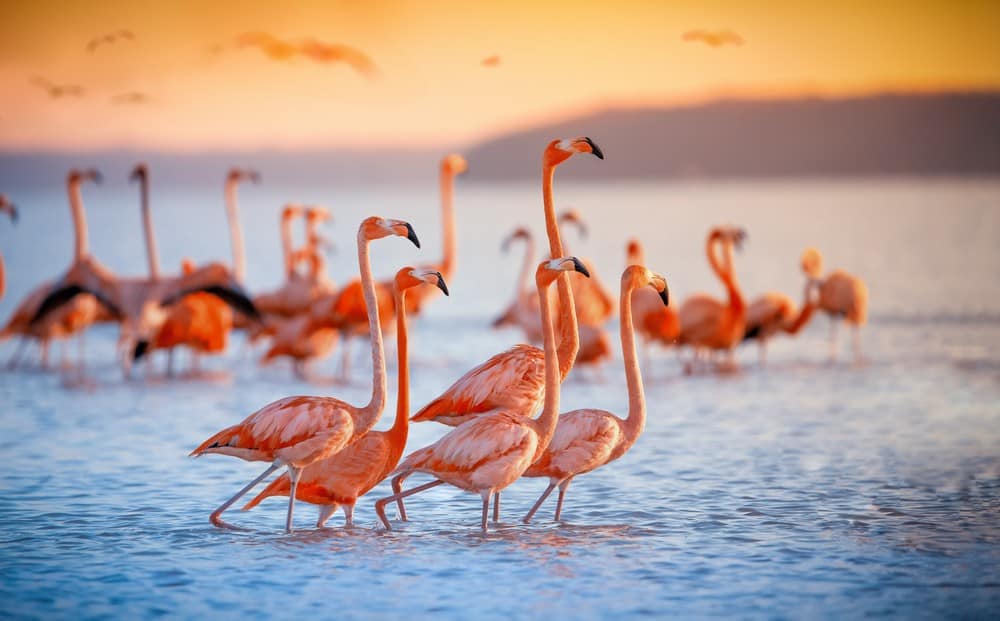
Flamingos, known for their striking pink color and social flocking behavior, display a level of social organization that is more about instinctual grouping for protection rather than sophisticated social cognition. Their feeding behavior, sifting through mud to find food with their specialized beaks, illustrates a specialized but straightforward survival strategy that does not necessitate high-level cognitive processing.
Turkey
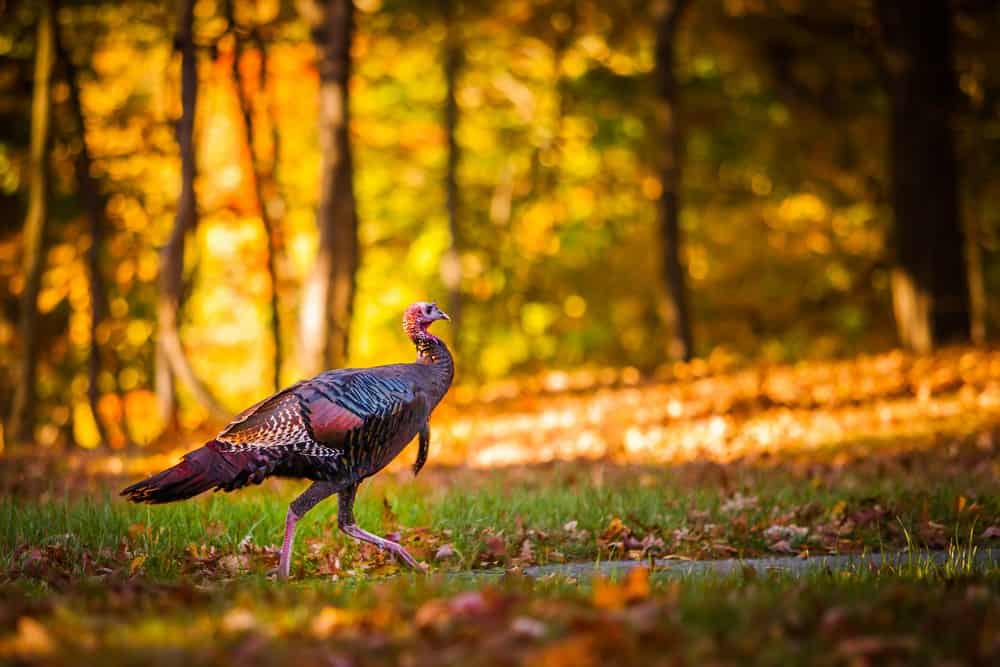
Turkeys often exhibit behaviors that suggest a lower level of problem-solving capability. Their response to potential threats can sometimes appear as a lack of situational awareness. While they possess the ability to learn and remember locations, the overall complexity of their cognitive functions remains relatively basic compared to more encephalized animals.
Kakapo
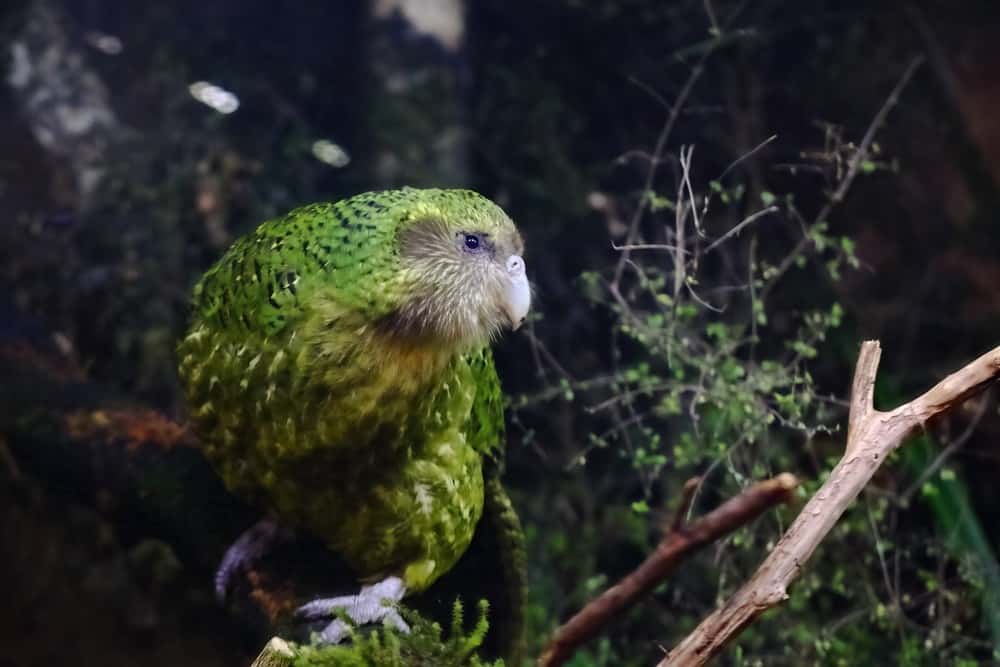
The kakapo is a flightless parrot native to New Zealand. The bird’s nocturnal and ground-dwelling lifestyle, coupled with a lack of natural predators until human arrival, has resulted in its less than impressive defense strategy. It simply remains motionless and silent when threatened as there was no need to flee from ground-based predators. This strategy of camouflage and immobility has proved to be inadequate against new predators introduced by humans, such as cats and rats.
Other Notable Dumb Animals
Crocodile
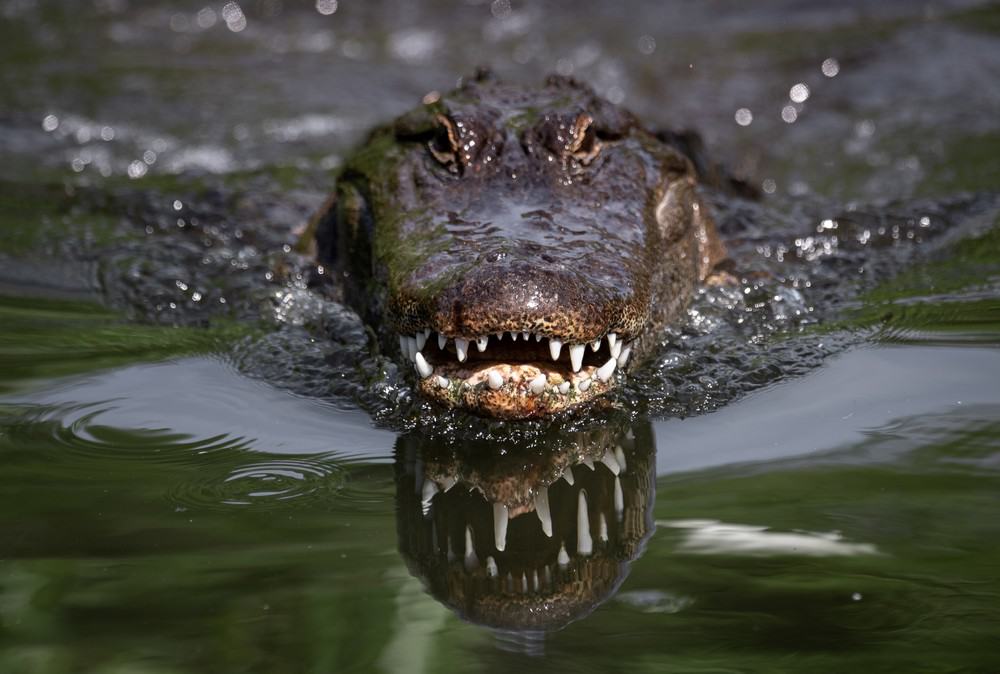
Crocodiles are quite success as predators. However, they rely on instinctual hunting techniques and territorial behaviors. Their cognitive abilities are focused on fundamental predatory skills rather than elaborate strategies or learning.
Sunfish
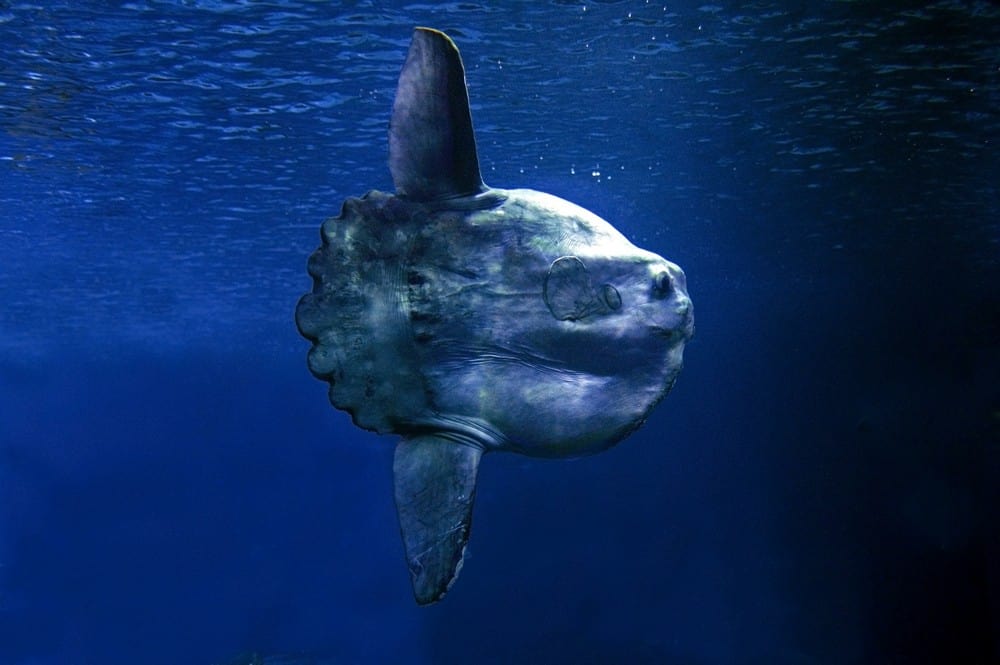
The sunfish, or Mola mola, stands as one of the ocean’s most distinctive inhabitants. Characterised by its immense body and peculiar appearance, the sunfish can grow to an astonishing size, making it the heaviest known bony fish in the world. Nevertheless, the sunfish possesses a tiny brain. It spends much of its time in the open ocean, basking at the surface to warm itself in the sun—hence its name—before diving to great depths in search of jellyfish, its primary diet. The sunfish has an interesting method of locomotion, propelling itself through the water with its dorsal and anal fins.





















































